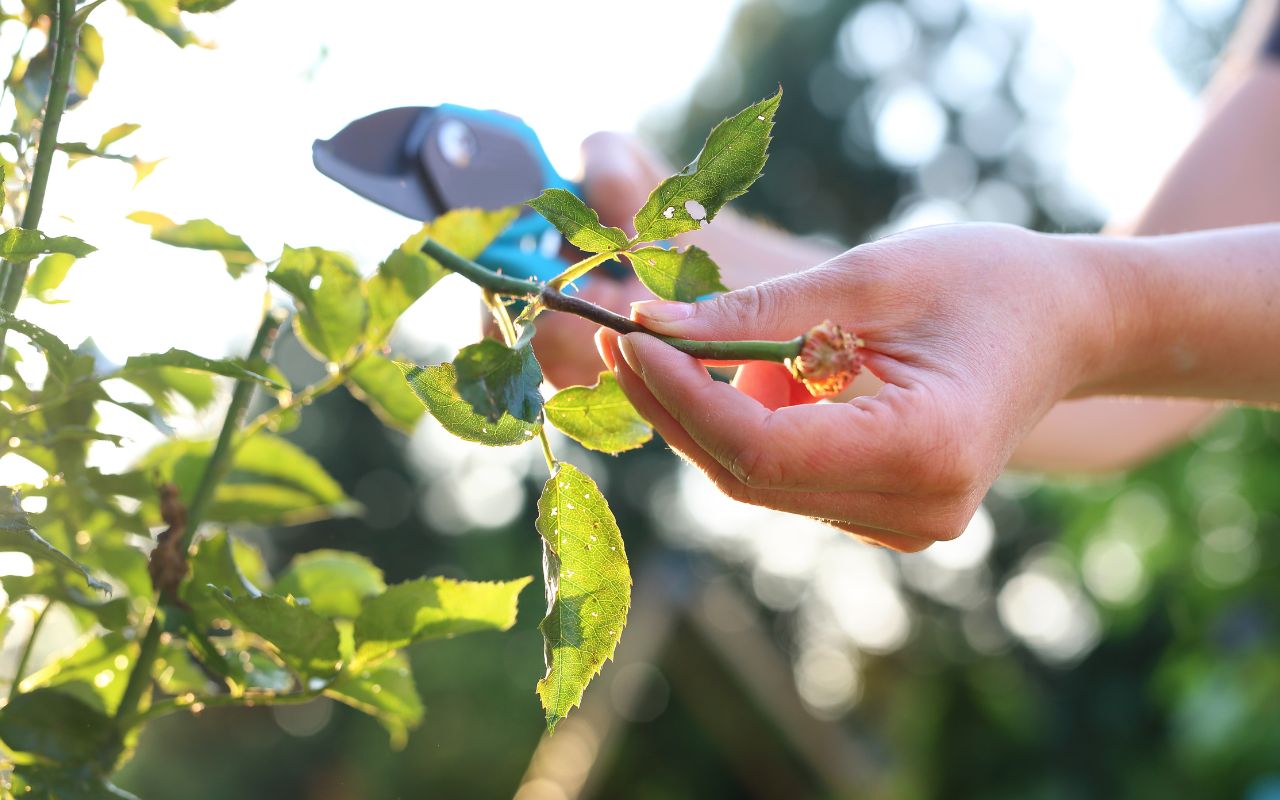
When is the best time to prune your trees? Following a tree pruning schedule is key to keeping your trees healthy and beautiful. Understanding when and how to prune ensures your trees thrive and stay safe throughout the year. Whether you’re a seasoned gardener or a beginner, this guide will help you perfect your pruning routine.
Mastering Your Tree Pruning Schedule
Proper tree care begins with understanding the importance of a tree pruning schedule. Pruning not only enhances the appearance of your trees but also promotes their health and longevity. In this guide, we’ll break down the essential steps to create an effective pruning schedule that works for your trees.
Why a Tree Pruning Schedule Matters
A well-planned tree pruning schedule helps maintain the health and safety of your trees. Regular pruning removes dead or diseased branches, which can prevent the spread of disease and reduce the risk of falling branches. It also shapes the tree, allowing for better sunlight and air circulation. This leads to stronger, healthier growth.
When to Prune Your Trees
Timing is everything when it comes to pruning. The best time to prune depends on the type of tree and your specific goals. Here’s a general guide:
- Winter Pruning
 Most trees benefit from winter pruning. During this dormant season, trees are less likely to experience stress, and cuts heal faster. Pruning in winter also allows you to see the tree’s structure more clearly.
Most trees benefit from winter pruning. During this dormant season, trees are less likely to experience stress, and cuts heal faster. Pruning in winter also allows you to see the tree’s structure more clearly. - Spring Pruning
Prune early-flowering trees right after they bloom in spring. This encourages more blooms next year. However, avoid heavy pruning during spring, as this can weaken the tree. - Summer Pruning
Summer is ideal for controlling growth. If you need to reduce the size of your tree or remove unwanted branches, summer pruning is effective. It also helps with spotting and removing diseased or damaged wood. - Fall Pruning
Fall pruning is generally discouraged because it can stimulate new growth that may not harden before winter. However, light pruning to remove dead or damaged branches is acceptable.
How to Prune Your Trees Effectively
Now that you know when to prune, let’s discuss how to do it right. Proper technique is crucial for the health of your trees.
- Use the Right Tools
 Always use sharp, clean tools for pruning. Dull or dirty tools can cause ragged cuts and spread disease. Essential tools include pruning shears, loppers, and a pruning saw.
Always use sharp, clean tools for pruning. Dull or dirty tools can cause ragged cuts and spread disease. Essential tools include pruning shears, loppers, and a pruning saw. - Make Clean Cuts
When cutting branches, make your cuts just outside the branch collar (the swollen area where the branch joins the trunk). This allows the tree to heal properly. - Remove Dead or Diseased Wood First
Start by removing any dead, diseased, or damaged branches. This clears the way for healthier growth and reduces the risk of disease spreading. - Shape the Tree
After removing problem branches, shape the tree by thinning out dense areas and trimming back overgrown branches. This improves air circulation and sunlight exposure. - Avoid Over-Pruning
It’s important not to remove more than 25% of the tree’s foliage at one time. Over-pruning can stress the tree and reduce its ability to photosynthesize.
Adjusting Your Schedule for Different Tree Types
Not all trees follow the same pruning rules. Different species have different needs, and adjusting your tree pruning schedule accordingly is vital.
- Deciduous Trees
These trees shed their leaves annually, making winter the best time for pruning. This period allows you to assess the structure without foliage getting in the way. - Evergreen Trees
Evergreen trees should be pruned in late winter or early spring before new growth begins. Avoid pruning in the fall, as this can lead to winter damage. - Fruit Trees
Pruning fruit trees in late winter or early spring promotes better fruit production. Summer pruning can help control growth and shape the tree.
Common Mistakes to Avoid
Even with a well-planned schedule, mistakes can happen. Here are some common pruning errors and how to avoid them:
- Topping Trees
Topping, or cutting off the top of a tree, is harmful and should be avoided. It can lead to weak growth and increased risk of disease. - Pruning at the Wrong Time
Pruning at the wrong time of year can stress the tree and lead to poor growth. Stick to the recommended pruning times for each tree type. - Over-Pruning
Removing too much foliage at once can weaken the tree. Always prune with care and avoid excessive cutting.
Need Help with Your Tree Pruning Schedule? Contact Us Today!
Pruning your trees at the right time and in the right way is essential for their health and beauty. If you need expert guidance or professional tree care services, we’re here to help. Contact us today to ensure your trees are pruned correctly and thrive all year long. Don’t wait—get in touch with us now to schedule your consultation!
